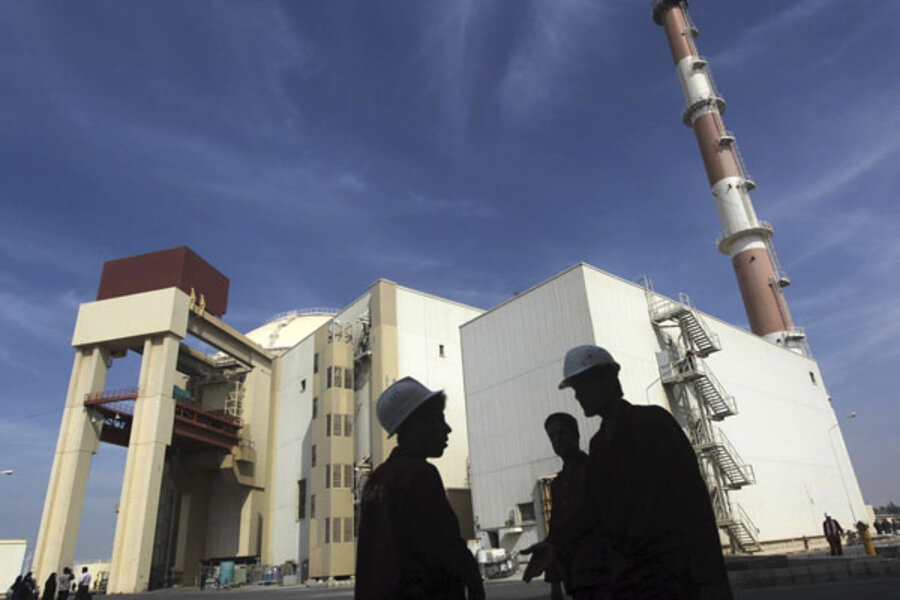Deadly Iran earthquake strikes close to nuclear plant
| Tehran
A 6.1 magnitude earthquake killed at least three people in a sparsely populated area in the country's south, state TV reported on Tuesday.
The report said the earthquake struck the town of Kaki some 60 miles southeast of Bushehr, a town on the Persian Gulf that is home of Iran's first nuclear power plant. The Iranian media originally reported that the quake hit nearby Khormooj.
Shahpour Rostami, the deputy governor of Bushehr province told state TV that rescue teams have been deployed to Shomneh, the most damaged district in the region.
Kaki resident Mondani Hosseini told the Associated Press that people had run out into the streets out of fear.
Two helicopters were sent to survey the damaged area before sunset, Mohammad Mozaffar, the head of the province's rescue department said.
The quake was felt across the Gulf in Bahrain, the United Arab Emirates and Qatar, where workers were evacuated from high-rise buildings as a precaution.
Earlier on Sunday a lighter earthquake jolted the nearby area. Iran is located on seismic faults and it experiences daily light earthquakes.
In 2003, some 26,000 people were killed by a 6.6 magnitude quake that flattened the historic southeastern city of Bam.






